

Curated experiences in Београд
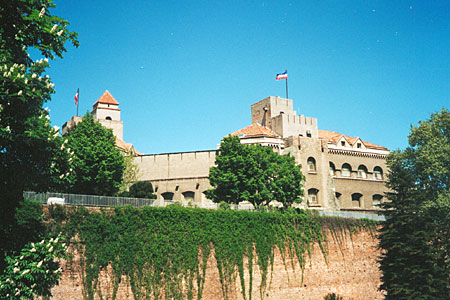
The Military Museum (Serbian: Војни музеј, romanized: Vojni muzej) is a museum located in Belgrade, Serbia. Founded in 1878, the …
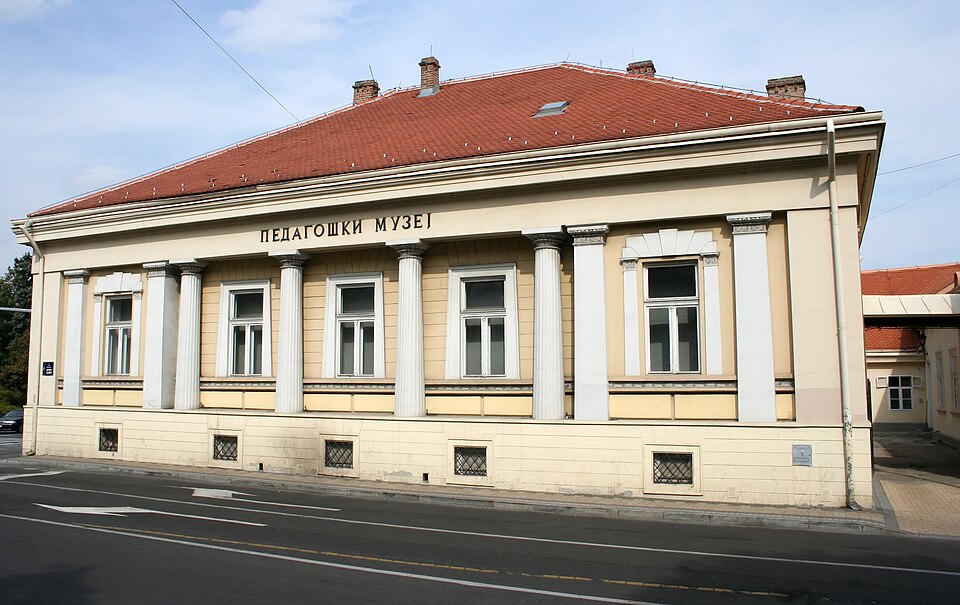
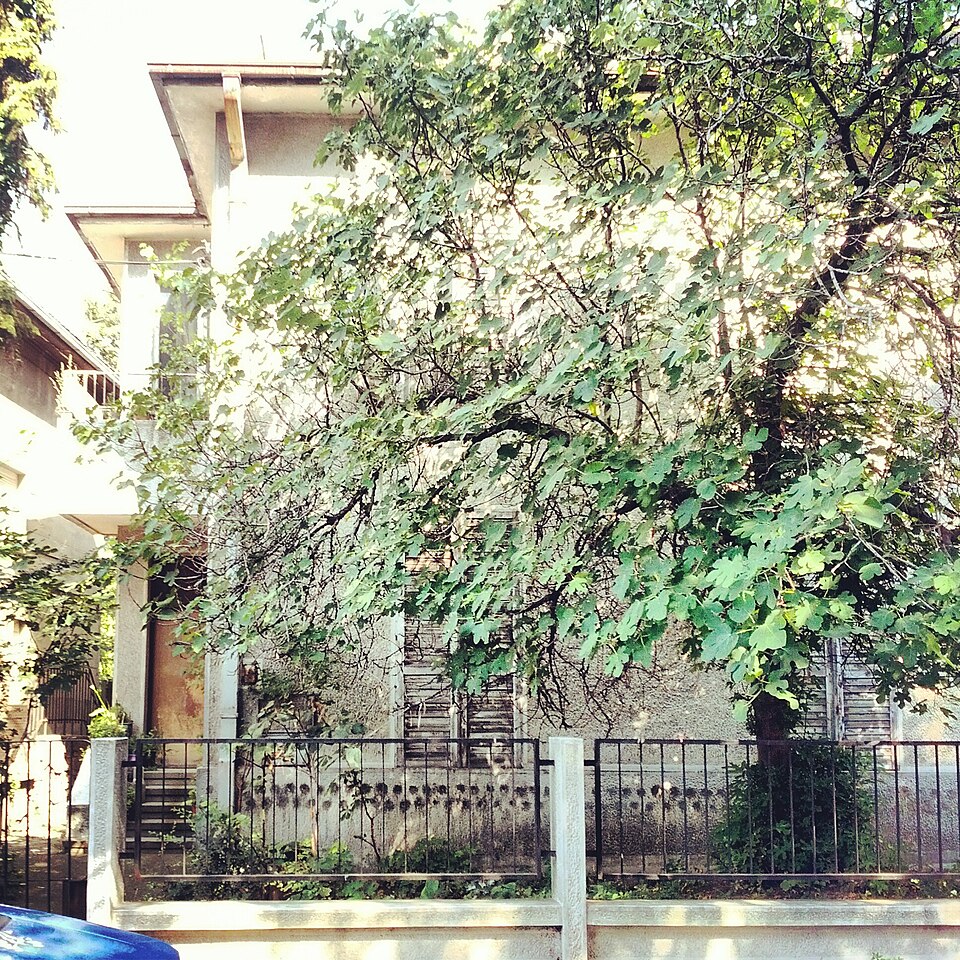
Memorial Museum of Nadežda and Rastko Petrović is a memorial museum located in Belgrade, the capital of Serbia. It was …
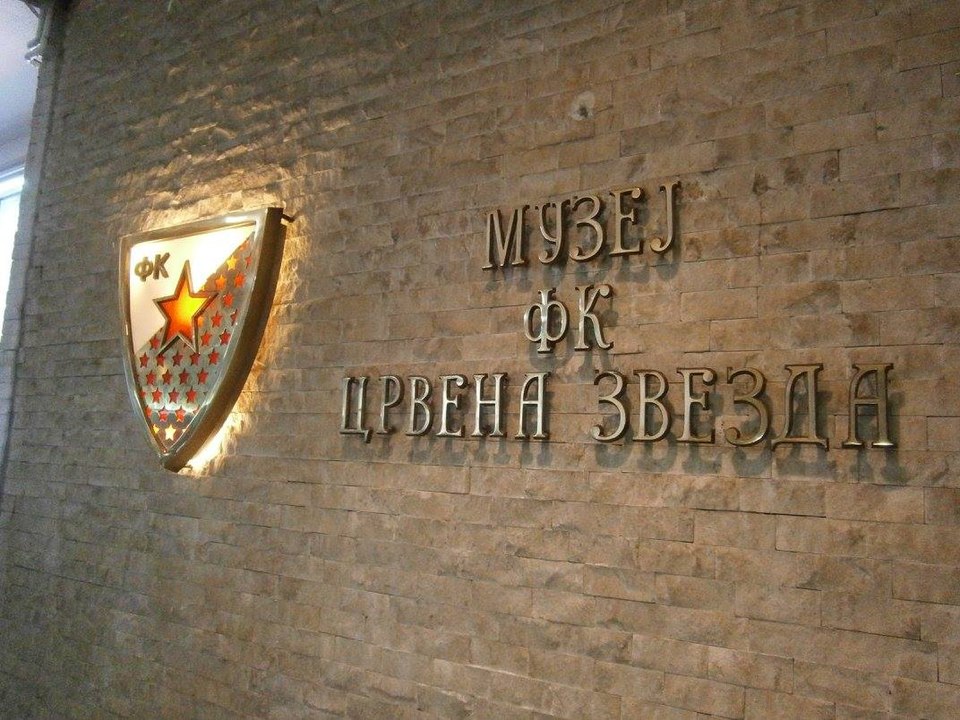
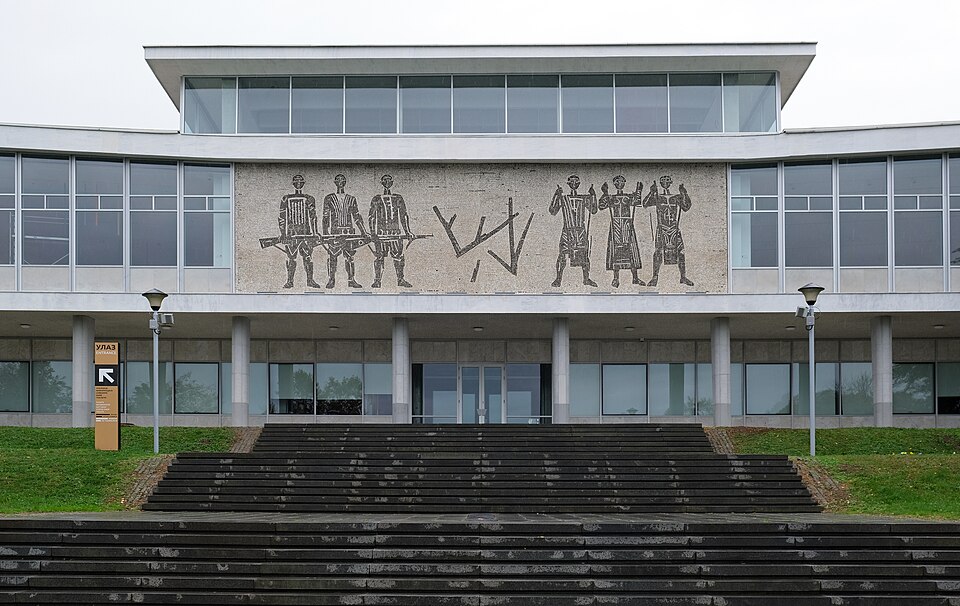
The Museum of Yugoslavia (Serbian: Музеј Југославије, romanized: Muzej Jugoslavije) is a public history museum in Belgrade, the capital of …
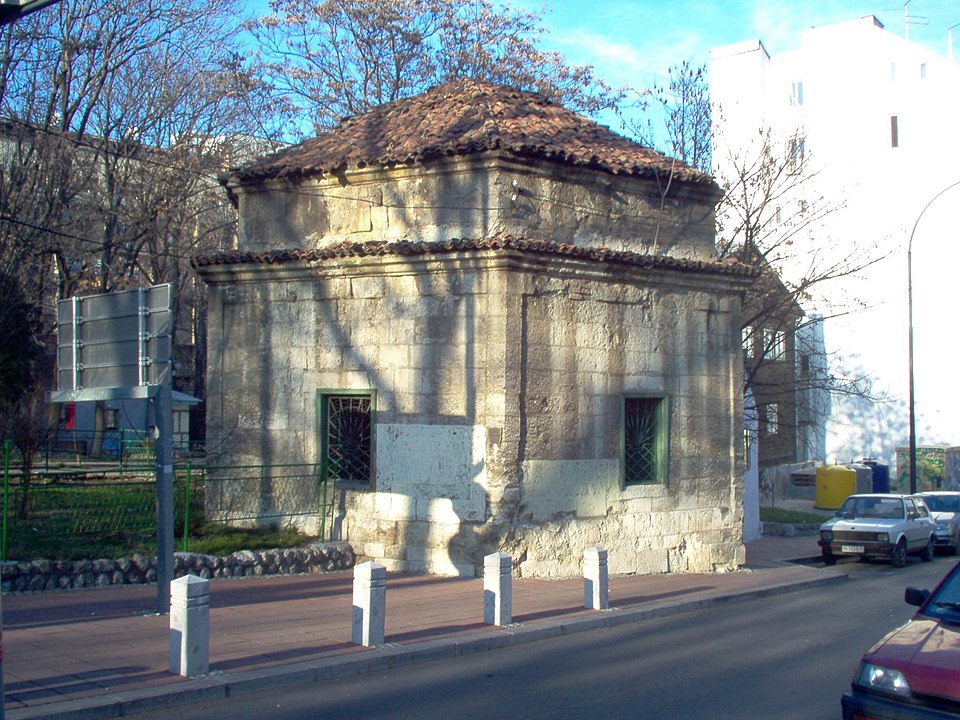
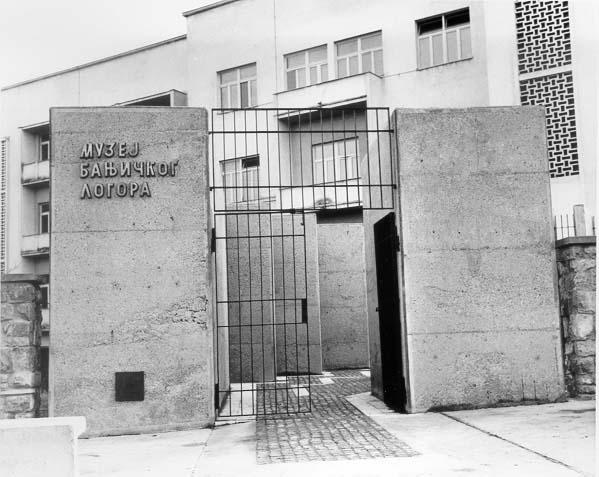

The Museum of African Art (Serbian: Музеј афричке уметности, Muzej afričke umetnosti) located in the Senjak neighbourhood of Belgrade, Serbia, …
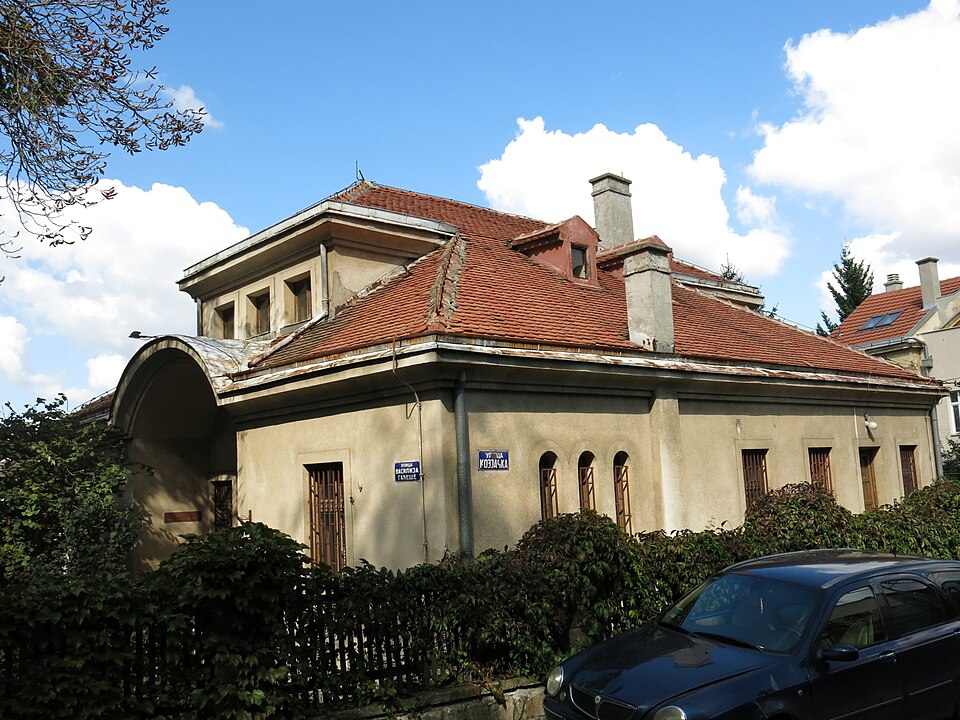
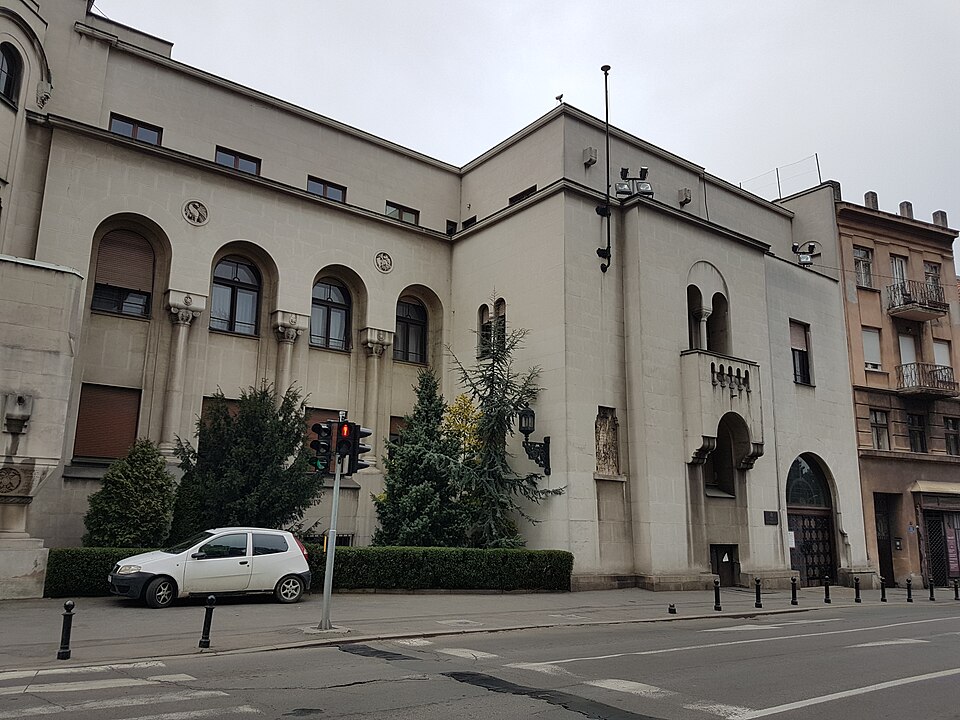
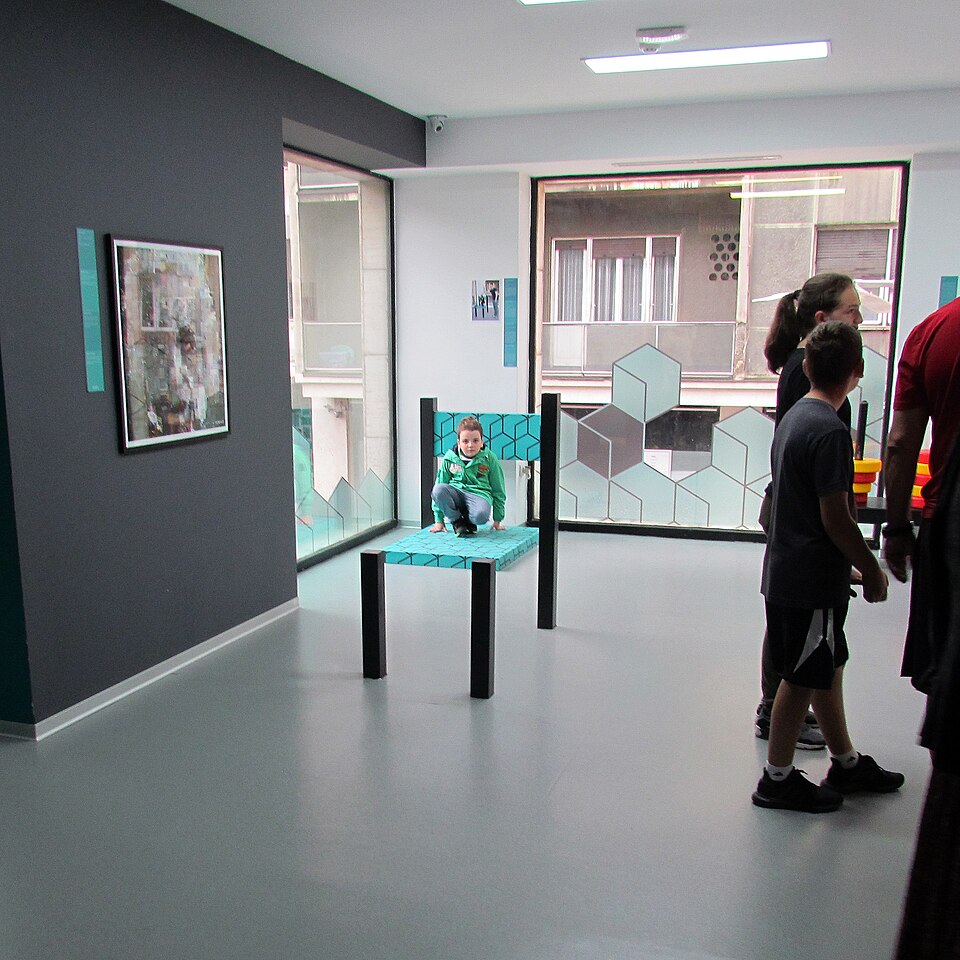
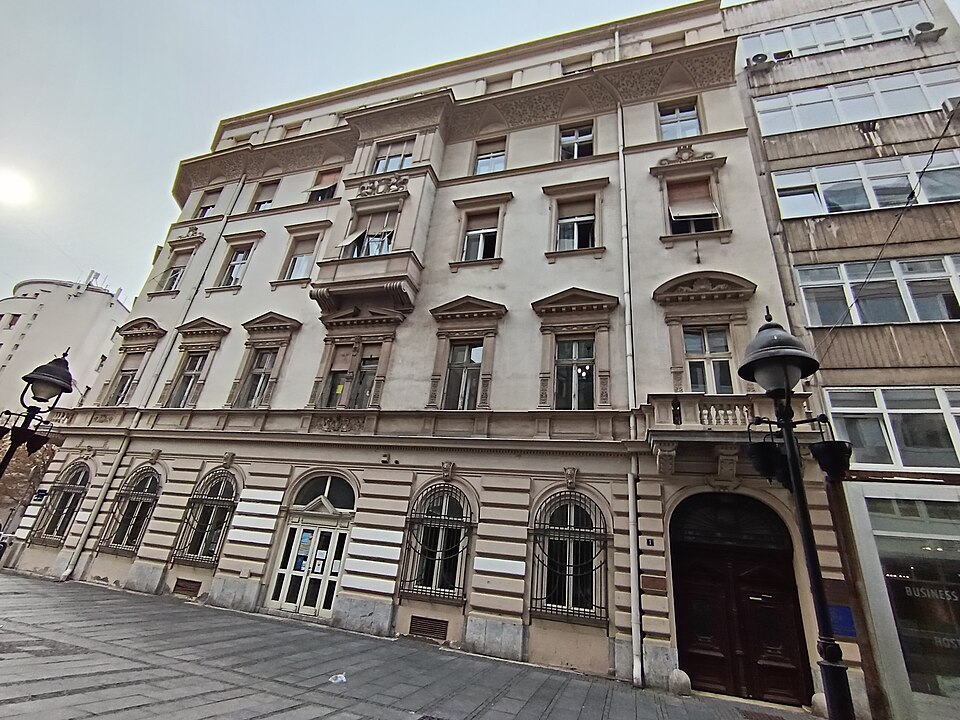
The Belgrade City Museum (Serbian Cyrillic: Музеј Града Београда, Muzej Grada Beograda) is a museum located in Belgrade, Serbia. Founded …

The Residence of Prince Miloš (Serbian: Конак кнеза Милоша, romanized: Konak kneza Miloša) is a museum and a former princely …

The house of King Petar I Karađorđević is located in Belgrade, on the territory of the city municipality of Savski …

The Beli Dvor (Serbian: Бели двор, lit. "White Palace") is one of two residences of the Dedinje Royal Compound in …

The Kraljevski Dvor (Serbian: Краљевски двор, lit. "Royal Palace") is the main building in the Dedinje Royal Compound and was …

The house of Jevrem Grujić is located in 17 Svetogorska Street, – the first designated heritage building since the founding …
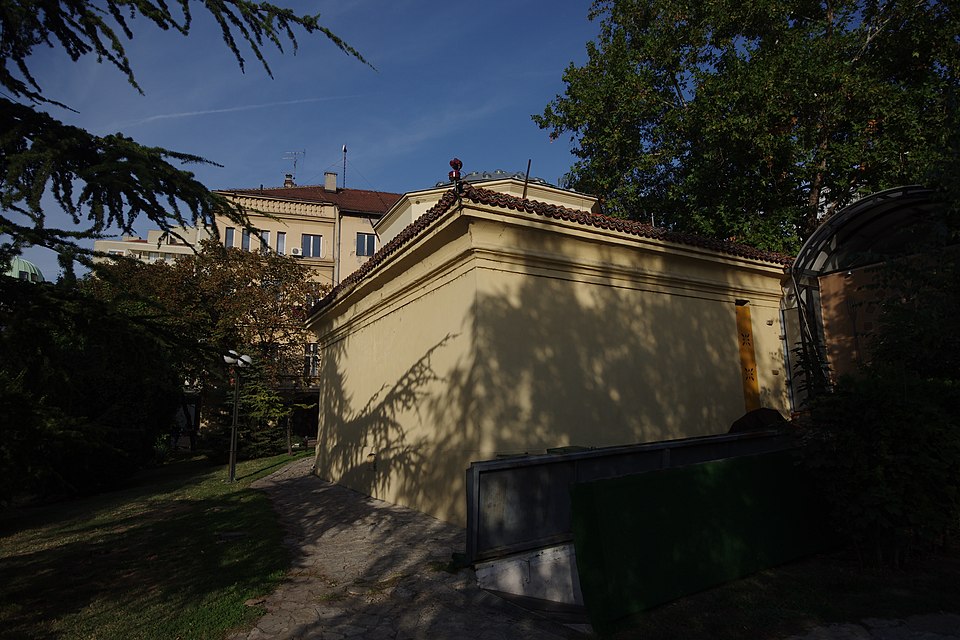
Hammam of Prince Miloš is the former Turkish bath in Belgrade, the capital of Serbia. Built in 1836-37, it was …

Manak's House (Serbian Cyrillic: Манакова кућа) is a building on the outskirts of the former Savamala, Belgrade. It is located …
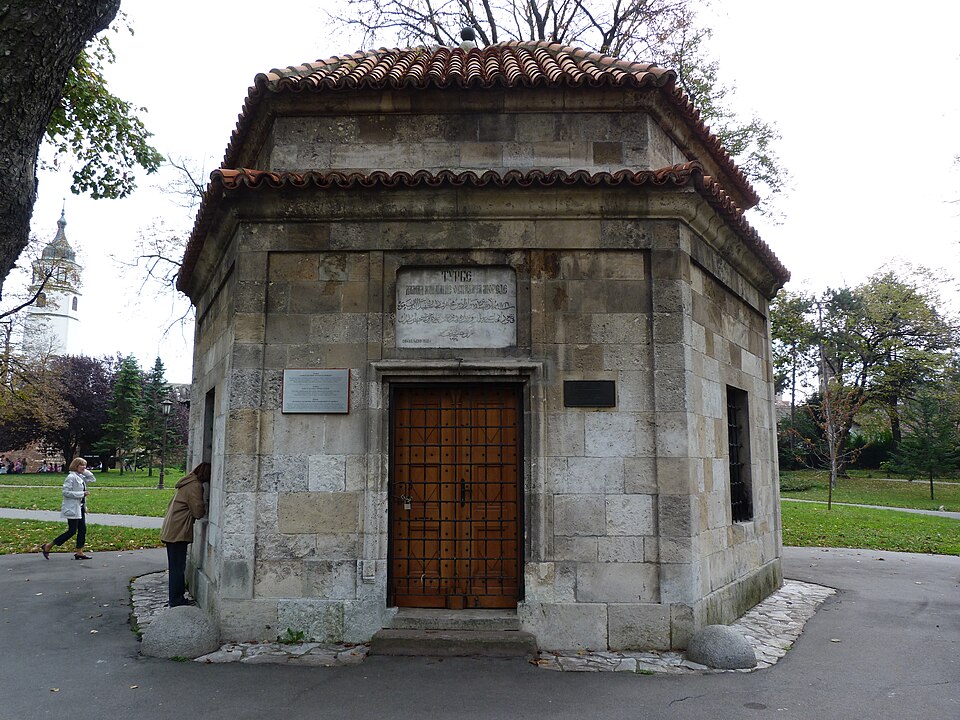
Damat Ali-Paša's Turbeh is an Ottoman mausoleum erected in 1784 in Belgrade, Serbia. It held the body of the vizier …
Create a personalized itinerary and unlock the finest experiences Београд has to offer
Plan Your Trip